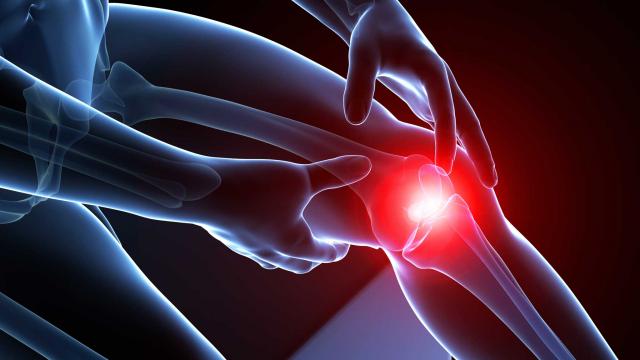
How many times have you heard someone at your CrossFit Box complain of tendonitis pain for months? Did you ever wonder how a body part can be inflamed for that long?
Unfortunately, tendonitis has been misdiagnosed for tendinosis among healthcare professionals for greater than 60 years. To make matters worse, effective treatment options are completely different between the two diagnoses.
Tendonitis vs Tendinosis
In it’s simple definition, tendonitis is the inflammation of a tendon, which is a cord that attaches muscle to the bone. Cases of tendonitis are actually very rare and pain goes away completely in several days to six weeks with simple treatments such as taking Advil (Ibuprofen) or Alleve (Naproxen). Some say that tendonitis is a precursor to tendinosis.
Tendinosis, on the other hand, occurs from low or high load repetitive movement activities such as gripping, jumping, and pulling. Continuous micro-trauma to the tendon changes the physical properties of the tendon and surprisingly, there are no inflammatory cells present throughout the tendon. Pain is often provoked by contracting or stretching the tendon/muscle complex. Typically pain is present pre and post activity/workout, but disappears during the work out. Recovery takes anywhere from six weeks to six months, and the likelihood of full recovery is 80%. Because of its length of recovery, Tendinosis is often called “chronic tendonitis.”
Treatment for Tendinosis
Most common treatments consist of (order from most to least conservative) decreasing activity of the muscle and tendon, braces and straps, ultrasound, cold laser, eccentric strengthening, instrument assisted soft tissue mobilization, dry needling, platelet-rich plasma (PRP) like SELPHYL®, and surgery. Let’s discuss these treatments in detail.
Patient education is the first step in treatment. Since pain doesn’t usually occur during the activity, athletes will continue to participate in their sport; and thus worsen the tendinosis. Finding the underlying reason as to why an athlete is having tendinosis is crucial for treatment and prevention. For example, why does an athlete have pain only on his dominant side elbow after performing a rope climb and chest-to-bar-pul- ups?
Perhaps he’s using more of his dominant hand to grip the rope and pull his body up because his shoulder lacks the strength and range of motion; and he doesn’t have the proper motor control to synchronize his core and lower body to drive with his legs. These abnormal and harmful habits caused by pain, weakness, lack of mobility, and poor motor control are referred to as compensatory movement patterns. Equipment failures such as poor shoes can also cause compensatory movement patterns and ultimately result in tendinosis.
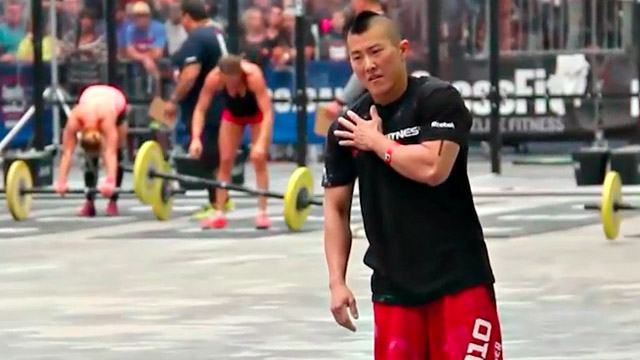
Games athlete Kristan Clever
Tennis players will often wear a strap around their forearm for “tennis elbow” to minimize pain. These straps around the muscle and tendon junction decrease the tension forces on the tendon thus reducing pain. However, relief is only temporary. A more effective treatment is a splint that will prevent the wrist from moving upwards. Which minimizes stress on the tendon by decreasing movement thus promoting the healing process.
A visit to a physical therapist that is qualified in treating high level athletes can involve stretching, eccentric strength training, and modalities. There is an overwhelming amount of literature supporting the efficacy of eccentric strengthening (“negatives” of weight lifting) to strengthen the muscle while decreasing pain. Lengthening of the tendon and muscle complex while a load is applied increases mechanical forces on the tendon. This, in turn, facilitates structural and mechanical properties to heal.
Modalities such as dry needling, ultrasound, and cold laser should be used in conjunction to other treatments. As their sole effectiveness is controversial. Instrument assisted soft tissue mobilization involves using a stainless steel or hard plastic tool to perform a deep friction movement over the tendon. This breaks up scar tissue and allows for better movement to facilitate normal healing of the tendon. Soft tissue and joint mobilization with movement is a deep pressure over the muscle, tendon, or bone while the patient actively or passively moves the body part being treated. This is another manual technique that’s commonly used to treat tendinosis.
Platelet-rich plasma (PRP) is a procedure where blood is drawn and platelets are separated in a centrifuge. Then the plasma with the concentrated platelets is injected into the site of tendinosis to accelerate the histologic stages of healing. Physical therapy is often required after this procedure.
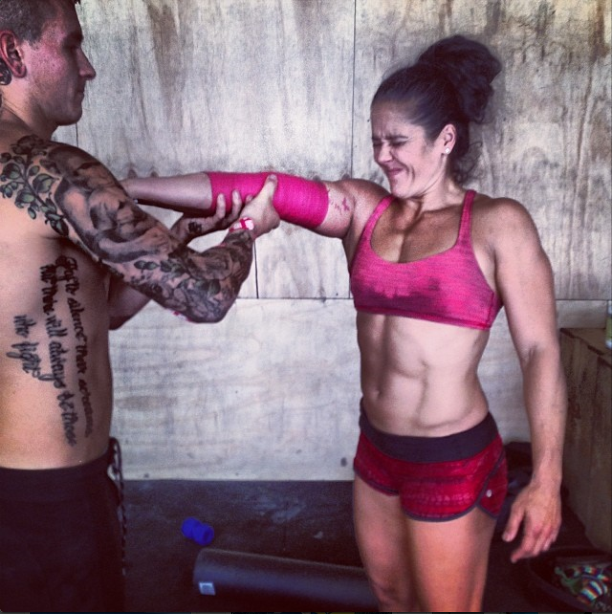
Amanda Allen getting her tendonitis wrung out using floss
Surgery is the most aggressive treatment option and should be the last option after all non-operative treatments have failed. Typically, the procedure involves debridement, or removing unhealthy tissues within the tendon along with repair as needed. Joints are in an immobilizer for an average of four weeks to allow proper healing, followed by physical therapy.
You may wonder why there was no mention of a corticosteroid/cortisone injection to the site of pain. As mentioned earlier, there are no inflammatory cells in tendinosis. Receiving a cortisone injection will only help temporarily (average six weeks).
Pain will usually return and a second injection will usually last an even shorter time. Even worse, athletes that receive injections will return back to sports at high intensity, causing more damage to the tendon. Furthermore, corticosteroid is a powerful chemical substance that can break down the tendon causing increased chance of rupture.
Summary
To wrap it up, tendinosis should not be treated as if it were “inflammation” by taking anti-inflammatory medications and injections. It’s crucial to work with a clinician who can identify the weak link in our body’s kinetic chain and correct it by incorporating the functional movement exercises, eccentric exercises, and modalities listed above.
Surgery should absolutely be the last option.
If you have any questions about tendonitis or tendinosis, simply ask me in the comment section below. Alternatively, you can get in touch with me at my practice by clicking here. Or you might find me training at my gym, CrossFit Rage.










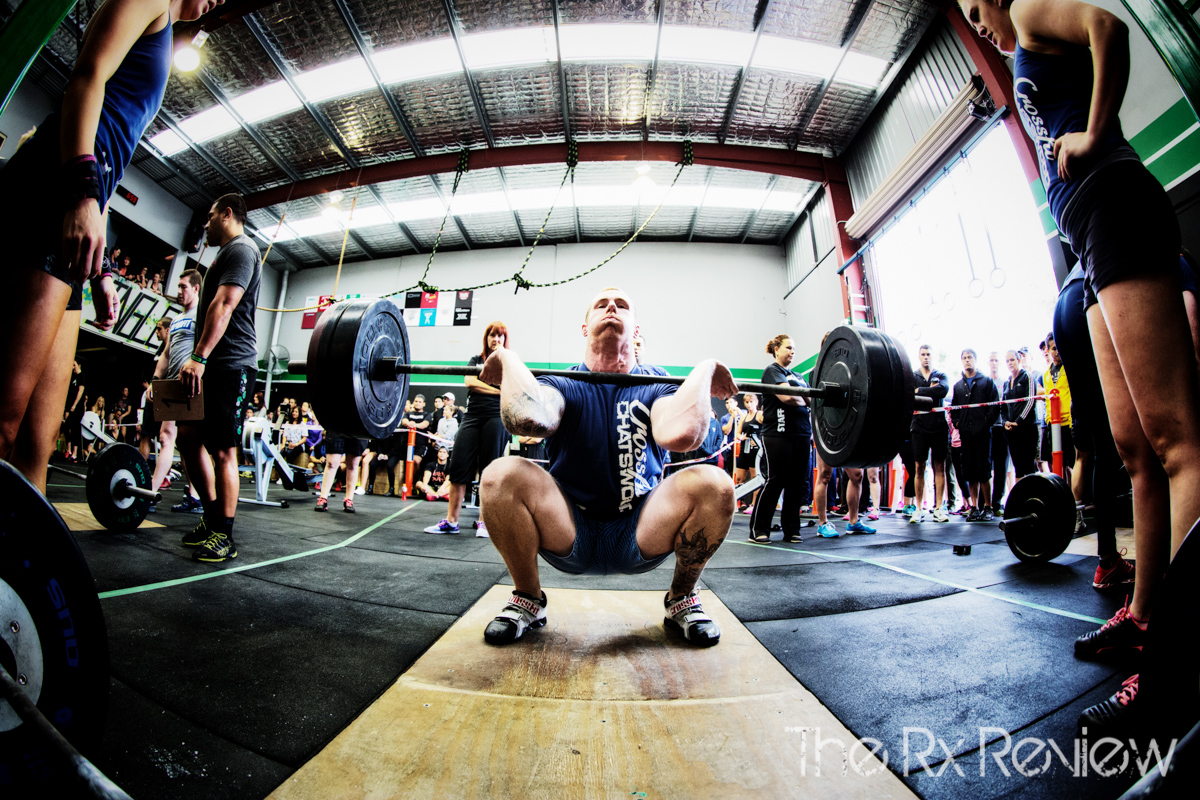


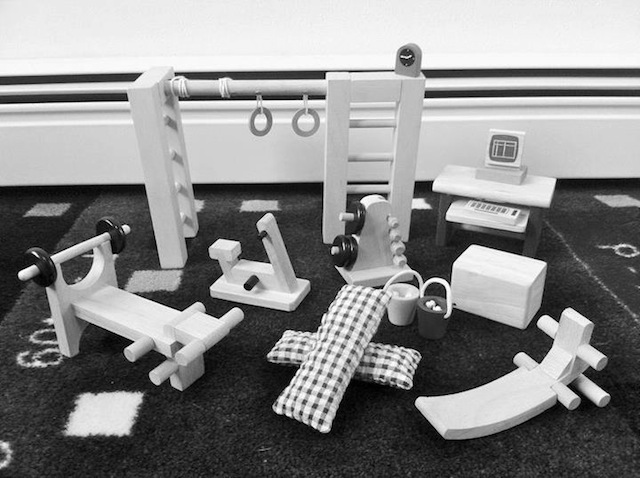


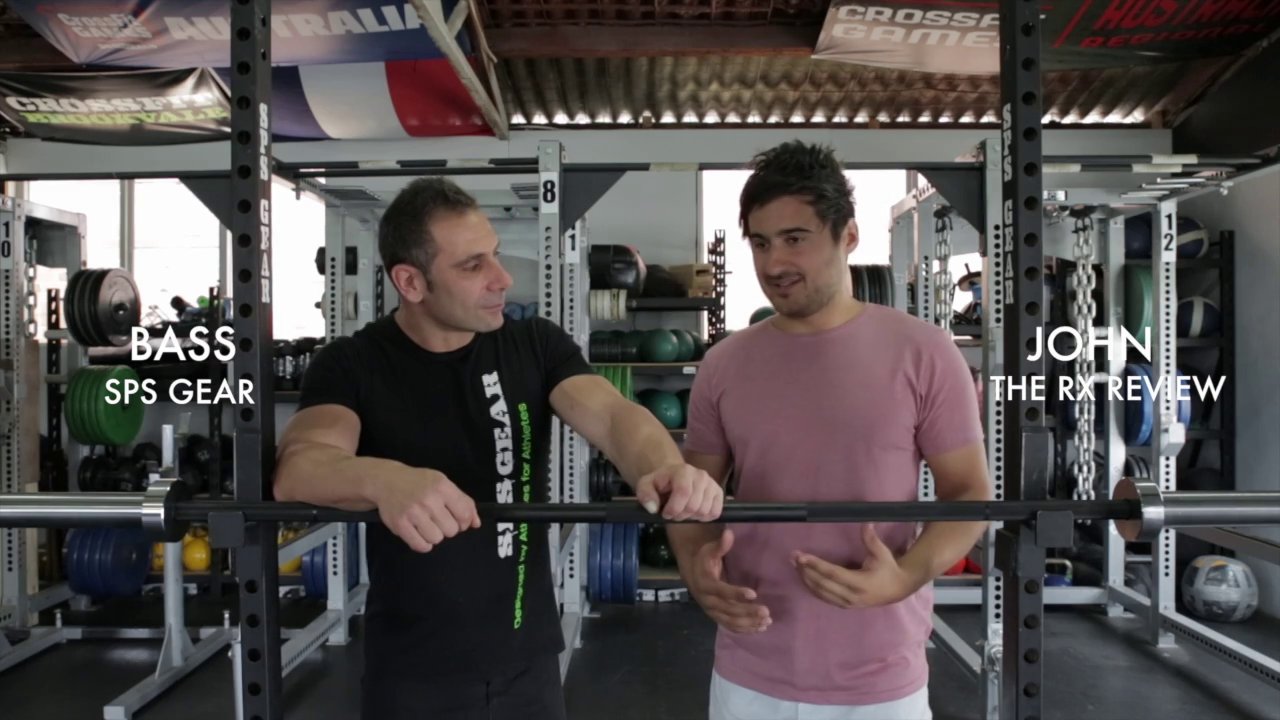
Follow Us